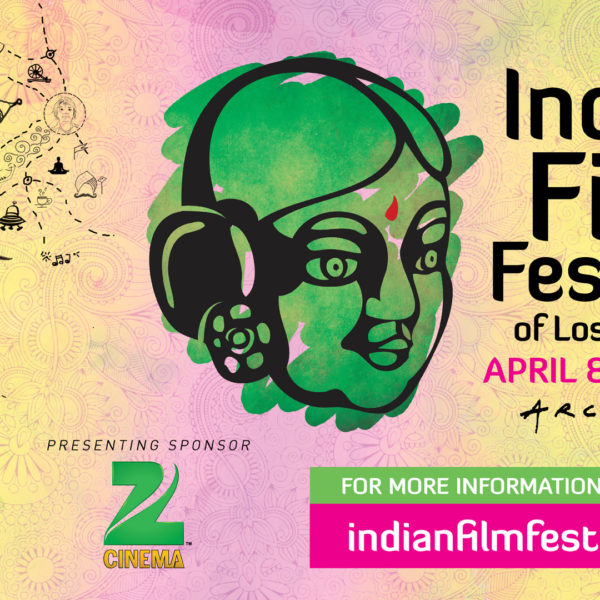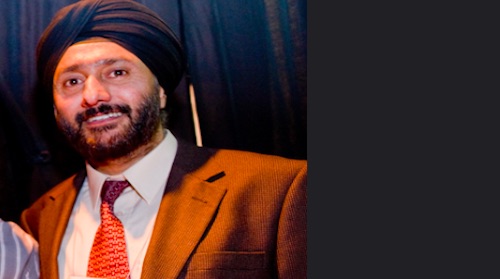TIM, Entertainment, Bob Moss
Editor’s Note:The following article is adapted from a chapter in the new release Vibes From The Screen: Getting greater enjoyment from films by Bob Moss (MCP Books, 2016). See www.vibesfromthescreen.com/the-book
Most European films usually end up at the “art theaters” in the U.S. This means very few American filmgoers ever see them. That is a sad situation because some of the great “art of filmmaking” can be found in that genre. What distinguishes them from the more commercial films made in this country?
The key differences between European and American films are:
- plot development and the timing of the story and
- the purpose of the film.
In one sense, therefore, the way to watch foreign-language films is no different than how you watch American movies. Look for how the director uses the key elements to convey a message. The filmmakers are still trying to manipulate you and direct your attention by using the same elements. It is the manner in which they use them and the storytelling that is significantly different. For some people, having to read the subtitles becomes a distraction, but one that can be overcome. The trick is to let the sound provide the pace and intonation as you read. Sit further back from the screen so that your head is not going from side to side while you read. Eventually, you will not notice you are reading subtitles. In your head, you will hear the words being said in the actors’ tones, and they will meld with the images.
 Some would say that a major difference between European and American cinema is that European films have almost no plot and become cinematic essays, whereas American scriptwriters are taught that their films must have carefully prepared plots that the studio bosses can understand. Noted American critic Andrew Sarris once said that the difference between American movies and European films is that American movies tend to correspond to reality, while European films tend to comment on reality.
Some would say that a major difference between European and American cinema is that European films have almost no plot and become cinematic essays, whereas American scriptwriters are taught that their films must have carefully prepared plots that the studio bosses can understand. Noted American critic Andrew Sarris once said that the difference between American movies and European films is that American movies tend to correspond to reality, while European films tend to comment on reality.
A serious distinction that affects the types of movies made is the fact that American films are usually producer/studio controlled, while European films are director controlled. In the majority of the European films, the directors try to create something new and more artistic, and they take risks and expose themselves. That is rare in the United States. In what film theorist David Bordwell has called the “classical Hollywood style,” the rules:
- set stringent limits on individual innovation;
- call for the production of a realistic, comprehensible, and unambiguous story; and
- use artifice through techniques of continuity and invisible storytelling, which is the opposite of European filmmaking.
Award-winning European films, such as The Artist, Amour, and Ida, would never have been made in the U.S., let alone distributed. Getting them distributed in the U.S. was an exceptional feat for the filmmakers. The distributors that did gamble on these films reaped huge dividends.
Studio head Samuel Goldwyn once said, “Pictures are for entertainment, messages should be delivered by Western Union.” As discussed earlier in the book, Americans go to the movies to be entertained. They do not like having to think a lot as they watch the film and rarely think about its messages or meaning after leaving the theater. European films, however, require constant attention and a good memory. Their goal is to make you think. Generally speaking, American films rely on the foundation of a strong story and the ongoing plot development. American viewers expect fluid dialogue from characters with whom they can identify and adherence to genre standards. With European films, the necessity to be open to the film and let yourself feel it with no expectations, as I explained in the introduction, becomes even more important.
When viewing a European film, the viewer should pay closer attention to body language and facial expressions. Silence is seen as a virtue. American films, on the other hand, talk and keep talking. Characters are more prone to explain their feelings through the dialogue. In the 2001 French film Intimacy, a man and woman meet once a week for anonymous sex. No names, no small talk. They meet, have passionate sex on the floor and then they part. Director Patrice Cherau says, “But they are talking. It’s the language of their bodies, and it’s beautiful to watch.” In the Polish film Ida (2014), the lead character, Anna (Ida), never says what she is thinking. Her face, eyes, and body tell it all, and, again, it is accomplished beautifully. There is no “spell-it-out” dialogue to tell Ida’s story. The viewer must watch closely, interact with the film, and learn.
In telling of the impact Polish cinema has had upon him, Martin Scorsese recently stated, “With Polish cinema, what I especially respond to is the mixture of passion, meticulous craftsmanship, dynamic deep focal-length compositions, moral dilemmas and religious conflicts, often done with a very sharp sense of humor. Humor and tragedy are very close in Polish cinema.
“Plus, the struggle against official censorship and government clampdowns gives Polish cinema that was made during the communist era a heightened urgency. You can feel it in the rhythm, the intensity, even in pictures that have no obvious political subject matter.”[1]
Famous British actor Jeremy Irons is less kind about Scorsese or American film. In answer to questions put to him during an interview by Gitte Nielsen, Irons explained his feeling about American films thusly:
“[I had just seen] Goodfellas, Scorsese’s movie. I thought: Well that‘s great. He’s a great movie-maker, knows how to use light, how to use the camera, how to tell a great story. And yet I don’t feel anything. I don’t feel anything. And I thought: some American movies – I know, it’s a generalization – are like really good hookers. You know, they’re expensive, they look great, they’ll do anything you ask them to do, they’ll give you a great time. And at the end of it you walk away and you think, [he makes a belittling gesture]. The other sorts of women are real women who maybe don’t look as good as a hooker, who have their own ideas, who won’t do everything you ask, who maybe don’t cost you so much. But who you spend time with. And when you leave them, you can’t get them out of your head.”[2]
Danish director Jon Bang Carlsen points out that the “New Wave” directors[3] such as Resnais, Truffaut, and Godard, would never have a chance in the United States because they portray our existence as something that is sometimes inexplicable. Joining Irons in his assessment Carlsen says:
“In the States they try to make more of an adrenaline injection of drama to get you hooked for an hour and a half; but right after that, you are supposed to be ready for the next film, so they want you to digest what you just saw rapidly to be ready to buy tickets for a new movie. That is my big problem with American films. They easily make me cry, but once I leave the cinema it never really touches me or connects with my life. It doesn’t teach me anything. It never broadens me as a person.”[4]
Recently in articles in The Independent, a British newspaper, two American actor/directors have been critical of cinema in the United States. Michael Douglas spoke out against American actors’ obsession with social media. Douglas believes that talent will suffer as a consequence.
“There’s something going on with young American actors – both men and women-because Brits and Australians are taking many of the best American roles from them. Clearly it breaks down on two fronts. In Britain they take their training seriously while in the States we’re going through a sort of social media conscious thing rather than formal training. Many actors are getting caught up in this image thing which is going on to affect their range.”[5]
A few days earlier, Hollywood great Dustin Hoffman discussing the state of cinema lamented that “…I think that it is the worst that film has ever been – in the 50 years that I’ve been doing it, it’s the worst.” [6] Hoffman places part of the blame on directors being pressured to finish movies in very short time periods. Because of budget restraints and the greater use of technology many films are being shot in less than a month, compared to months or more in the past.
I make it a point to keep my film watching diverse, seeing not only European and American movies but also those from the Middle East and Far East. I lean toward European films because a) they are more likely to openly show and talk about controversial or taboo subjects; b) they provide deeper and more complex stories; and c) the usually understated acting seems more realistic and leaves room for more interpretation. I watch many French and Italian films, which tend to focus more on questions about existence or life in general while providing more intimate looks. The characters personas are not necessarily revealed by their actions in the early stages of the film. Most American films often do not allow the viewer the opportunity to experience the intricate weaving of the story, preferring to lay it out directly.
So, when viewing a European film, you need to sit back and let the film carry you through the twists and turns and roundabouts the story takes. Do not try to guess what will happen or expect it to follow American norms. See if you are able to identify the difference in the filmmaking style from the American films you view. Which style do you appreciate more? Which style leaves you feeling as if you have experienced or accomplished something really different?
Savor the art!
[1] Martin Scorsese, “My passion for the humour and panic of Polish cinema,” The Guardian, April 16, 2015.
[2] p.o.v. Danish Journal of Film Studies, no. 12, December, 2001, 5.
[3] The French New Wave was a group of trailblazing French directors who exploded onto the film in the late 1950s and revolutionized cinematic conventions.
[4] p.o.v. (Point of View) a Danish Journal of Film Studies, no. 12, December, 2001, 8.
[5] “Michael Douglas: Social media obsession is to blame for crisis in young American actors,” The Independent, July 8, 2015.
[6] “Dustin Hoffman interview: The Graduate talks decline of cinema, difficulties finding work and wanting to be a jazz pianist.” The Independent, July 3, 2015.












